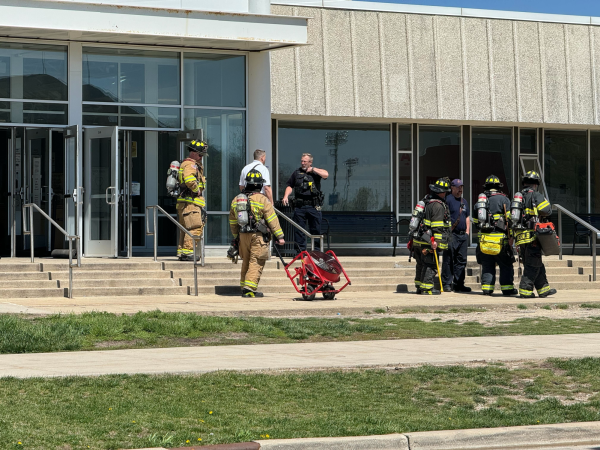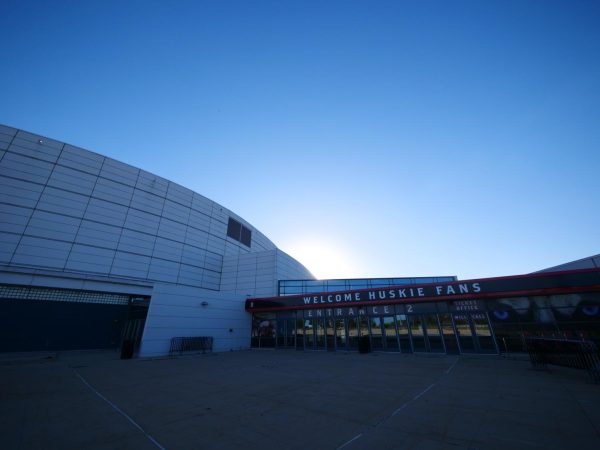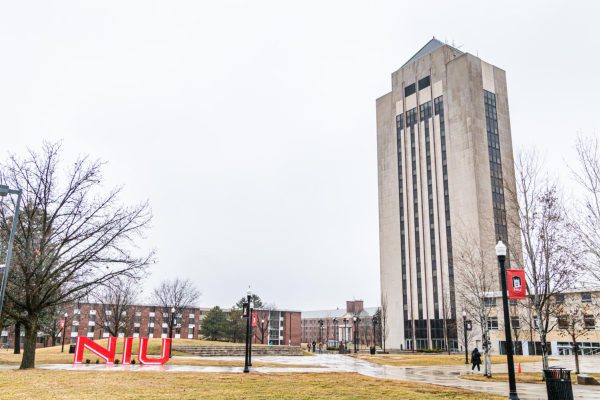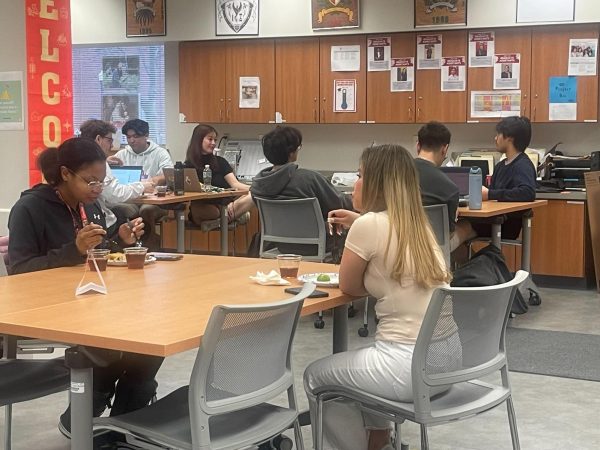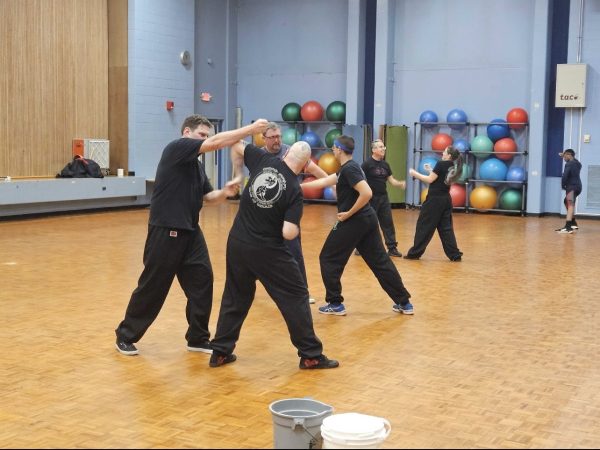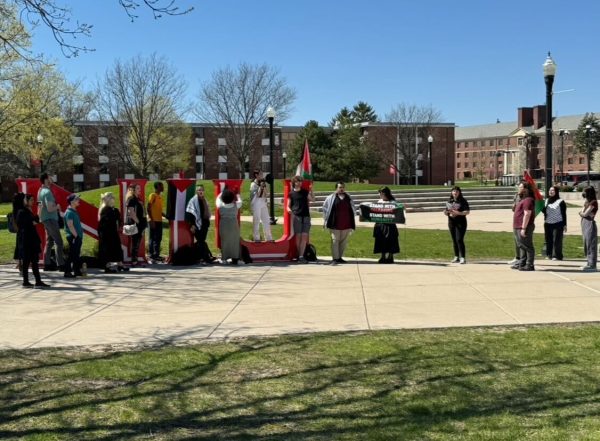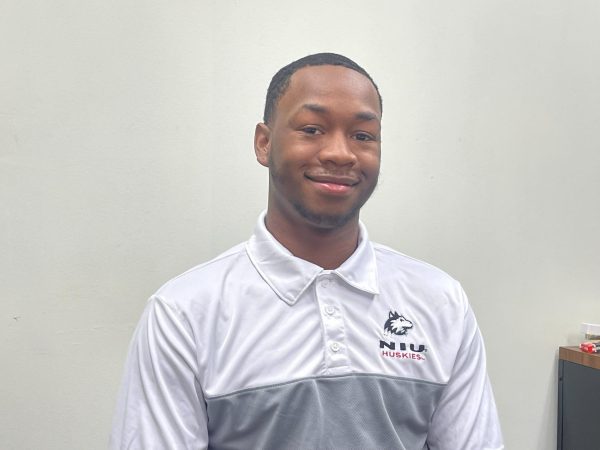Destination: DuSable
January 30, 2004
DuSable Hall is the first on-campus facility named after an African-American, according to university archives at the Regional History Center.
Originally known as the Reavis West Classroom, DuSable Hall was renamed in 1974 after Jean Baptiste Pointe DuSable, an adventurer and trader, said Glen Gildemeister, director of the Regional History Center.
DuSable was the first settler of Chicago. After receiving an education in France, DuSable returned to northern Illinois where he bartered and resided with the Potawatomi tribe of the American Indians.
The significance of DuSable Hall’s physical aspects accompanies its history.
The Miller-Davis Company of Melrose Park served as the general contractor for the hall. Architecture firm Holabird and Root of Chicago planned and designed the building, which broke ground in June 1966.
Nearly two years later, in January 1968, the future DuSable Hall was up and running.
The 112,500 square feet of DuSable Hall, connected to Reavis and Watson halls, primarily contains classrooms for the College of Liberal Arts and Sciences and office space for various humanities departments, according to university archives.
However, courses scheduled in DuSable Hall are not limited to that college.
“There are a large portion of liberal arts and sciences courses in DuSable,” said Angie Byrd, assistant director of Registration and Records. “But there are also other courses from other colleges and departments in the building as well.”
Of the 166 rooms in DuSable Hall, 53 are classrooms and 30 are offices, said Bob Albanese, associate vice president for Finance and Facilities.
Smart classrooms, designed to enhance students’ education through advanced technology, were introduced to DuSable Hall in 1998, said Elizabeth Leake, associate director for Customer Support Services. Smart classroom technology is available in 25 rooms, Albanese said.
Because of the large number of general purpose classrooms located in DuSable Hall, it is said to be one of the most heavily used buildings on campus, Albanese said.
“The amount of traffic is unbelievable,” he said.


